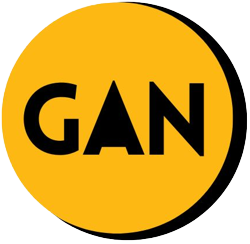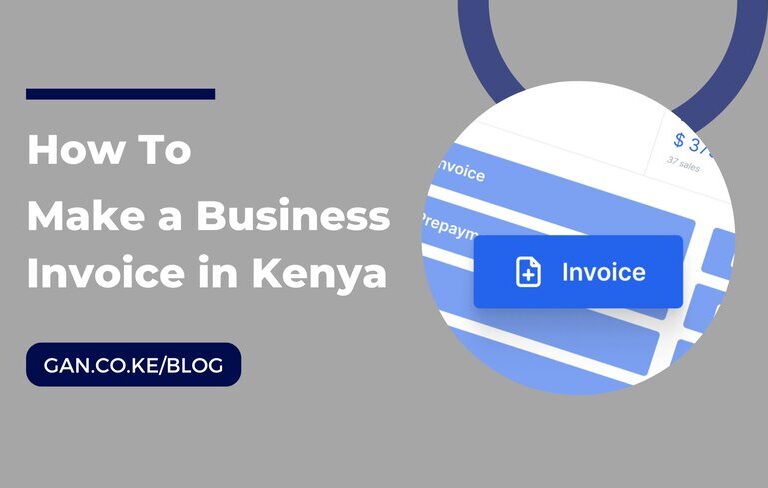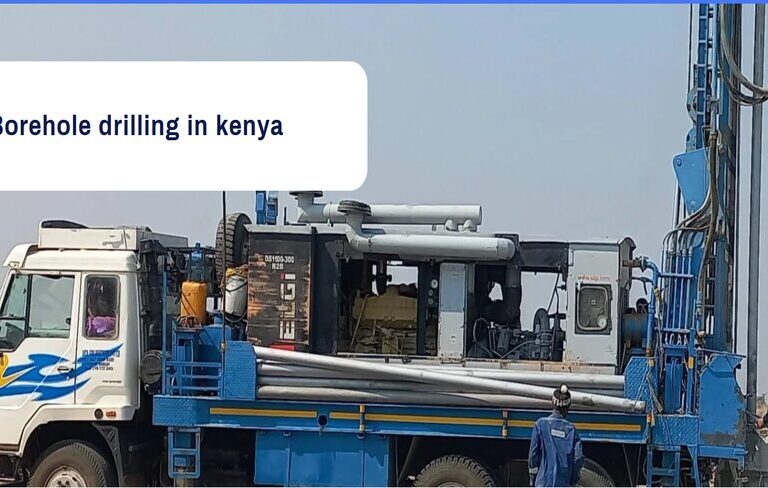
A domain name is a distinctive internet address that can be obtained by registering a domain. It typically consists of a domain name extension and a website name. A distinctive domain will improve your identity and make your website easier to find for your audience.
All domain names are controlled by domain registries, which assign domain name reservations to registrars. There are already over 300 million registered domain names, and anyone who wants to construct a website can register one with a registrar.
What components make up a domain name?
Typically, domain names are divided into two or three sections, with a dot between each. The domain name identifiers are arranged in descending order of specificity when read from right to left. A domain name’s top-level domain (TLD) is the area to the right of the final dot. The “generic” TLDs like “.com,” “.net,” and “.org” as well as regional and national TLDs like “.uk” and “.jp” are among them.
Second-level domains (2LD) are located to the left of the TLD, and third-level domains (3LD) are located if there are any more to the left of the 2LD.
Why Do You Need a Domain Name?
Memorability
Technically, your audience can access your website by typing in its IP address even if it doesn’t have a domain name. It is challenging to remember, though, as it is a string of digits. A website’s domain name makes it easier for internet users to find it.
A successful brand
Your project or company will be communicated in a way that is consistent with the values and mission of your brand with the aid of a well-chosen domain name.

Credibility
Compared to websites using a free domain name, such as yourwebsite.websitebuilder.com, custom domain names give websites a more polished appearance.
Specific Email addresses
Having a domain name enables you to generate distinctive and expert business email addresses, such as [email protected]. Additionally, it maintains consistency across all of your web channel presentations.
SEO
Your website’s search engine optimization will benefit from a catchy domain name that includes important keywords, which will raise your website’s placement in search results.
Different Domain Types
Top-Level Domain: TLD
A domain extension is a top-level domain. There are many TLDs available online, but more than 54% of all websites use.com domains, making them the most common. Because users frequently write it by default, a popular extension generates a lot of organic traffic. Other well-liked options include the TLDs .net, .io, and. store.
But a less well-known extension, like. online, is frequently less expensive and might give a domain more individuality. .tech,.site, and. shop are further instances of inexpensive domain extensions. Future changes in the level of popularity of a certain top-level domain could be caused by the daily growth in the number of new websites. Check out the Internet Assigned Numbers Authority (IANA) for the official list of all legitimate TLDs.
Read Also: Unlocking the secrets of domains selling tips for success
Country-Code Top-Level Domain (ccTLD)
A country-specific extension is known as a country-code top-level domain. Based on the international country codes, it has two letters.
Some resources, including the database of the World Intellectual Property Organization (WIPO), assist in locating the appropriate country codes. For instance, Japanese websites typically use the.jp extension, while US-based websites typically register.us domains, and so on.
A business that concentrates on a particular nation can benefit from using a ccTLD. International businesses might differentiate their content for several locations in this way.
Generic Top-Level Domain (gTLD)
An extension that doesn’t depend on a country code is known as a generic top-level domain. There are no set requirements to be granted a gTLD. However, some extensions are supported by specific groups or authorities. However, because some domains have particular associations, you must be cautious to avoid confusing your visitors. For instance, websites of organizations tend to use the.org extension.
Certain generic TLDs are only available to certain kinds of registrants. A government agency can use.gov, whereas an academic institution can use.edu. You can use well-known extensions instead, like.com or its first alternative.net domain,.XYZ, or. icu, if your business or project does not fall under one of the specific categories listed above.
Second-Level Domain
In the domain name hierarchy, a second-level domain (SLD) comes after TLDs. The portion of a domain name to the left of the final dot is known as an SLD. Consider the domain name www.hostinger.com, where hostinger is the SLD and.com is the TLD.
To identify the specific entity registering, several domain name registries employ a second-level domain. For instance, academic organizations in the UK typically register websites under the.ac.uk domain, and businesses operating in Australia favor the.com.au domain.
Subdomain
A subdomain denotes a portion of a parent domain that is independent but still uses the same servers. A subdomain does not need to be registered. Technically, the www prefix in the majority of URLs indicates that a site is a part of the World Wide Web.
Organizing and segregating site material into distinct parts is the most popular reason for creating subdomains. For instance, Google makes use of developers.google.com to offer specific developer-related information.
A subdomain can also be used to build a distinct website with the same name but different language versions. Consider Wikipedia as an illustration; each language has its own subdomain. For the English version, it uses en.wikipedia.org, while for the Spanish version, it uses es.wikipedia.org.
Free Domain
Many website builders and content management systems, including WordPress.com and Blogger, provide new users with a free domain name. Beginners typically use this opportunity to build their websites without spending money on them.
The structure of a free web address is frequently the same as that of subdomains. For instance, the domain name hostingertutorials.wordpress.com or hostingertutorials.blogspot.com would be appropriate instead of hostingertutorials.com.
Remember that free domains may have limited features and tools.
Keeping a domain name safe
Once a domain name has been registered with a registrar, that registrar is responsible for alerting the registrar when their domain is due to expire and providing them the opportunity to renew, ensuring they do not lose their domain name. In certain instances, registrars will take advantage of the expired domain names of their users by purchasing such domains the instant they expire and selling them back to the original registrar at a hefty price. To avoid such exploitative tactics, it is crucial to select a registrar who is reliable and honest.






